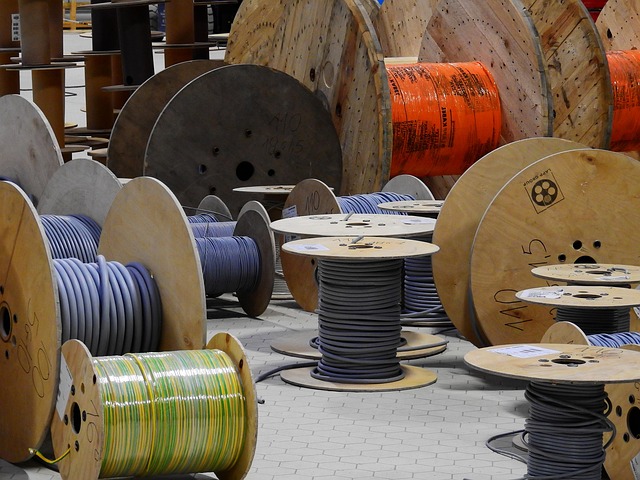In today’s rapidly changing world, the concept of energy security has taken center stage, not just as a national imperative but as a collective responsibility towards our planet’s future. As we grapple with the repercussions of climate change, the importance of sustainable development grows ever clearer. Integral to this conversation are green technologies, which hold the potential to redefine our energy landscape and minimize our ecological footprint.
At the heart of sustainable development lies the idea that we should meet our current energy needs without compromising the ability of future generations to meet theirs. This delicate balance requires innovative approaches and a commitment to reducing our reliance on fossil fuels. Transitioning to renewable energy sources like solar, wind, and hydroelectric power is key to achieving this balance, providing a cleaner and more sustainable way to generate energy. By embracing these green technologies, we can ensure that energy remains accessible, affordable, and sustainable.
The notion of an ecological footprint is a valuable tool in assessing our impact on the planet. It measures the demand we place on the Earth’s resources against what the planet can regenerate. A significant portion of our ecological footprint comes from our dependence on non-renewable energy sources. Thus, as we pivot towards greener alternatives, we are not merely reducing our carbon emissions; we are also actively enabling a healthier planet. Each step we take towards renewable energy is a step towards lessening our contribution to environmental degradation, allowing future generations to thrive.
Green technologies offer innovative solutions that can enhance our energy security while simultaneously addressing environmental concerns. For example, advances in battery storage technology allow us to harness energy from renewable sources, storing it for use when demand is high. Furthermore, smart grids enhance our ability to manage energy efficiently, ensuring that we can respond dynamically to changing energy needs. By integrating these technologies into our energy systems, we can fortify our energy security while also reducing our ecological impact.
The idea of becoming carbon neutral has gained traction as a vital component of global sustainability efforts. Achieving carbon neutrality involves balancing the amount of greenhouse gases emitted with an equivalent amount offset through mitigation efforts or carbon capture technologies. This not only involves transforming our energy systems but also requires systemic changes in the way we produce and consume goods and services. As businesses and individuals strive to minimize their carbon footprints, green technologies play a crucial role in facilitating this transition, promoting energy efficiency, and accelerating the shift to renewables.
In our quest for sustainable energy solutions, embracing innovative green technologies and committing to carbon neutrality are not just options—they are necessities. By prioritizing energy security through these means, we can shape a future that benefits not only ourselves but also the planet we inhabit. It is a collective endeavor, one that calls for collaboration, creativity, and a shared vision of a cleaner, greener, and more secure energy landscape.




